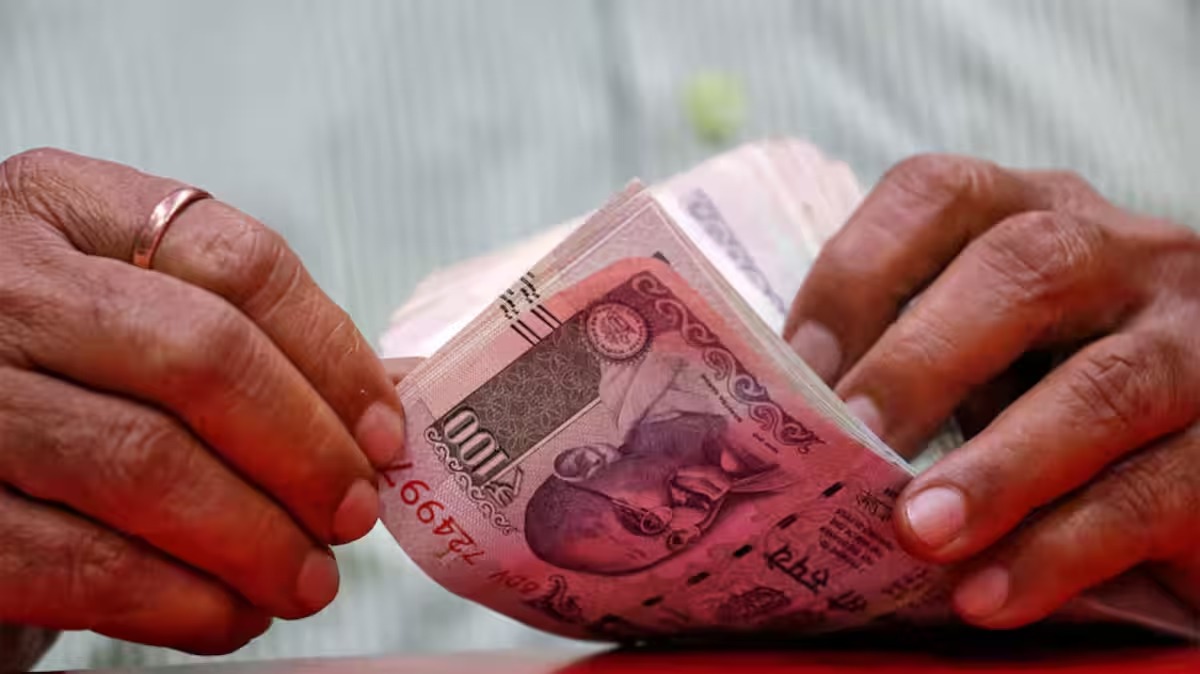The Chhath Puja festival has generated over ₹50,000 crore in trade nationwide, according to the Confederation of All India Traders (CAIT). With more than 10 crore participants, the festival boosted local economies, especially in Bihar, Delhi, and Jharkhand, highlighting the growing impact of India’s cultural commerce.
India’s four-day Chhath Puja festival has once again demonstrated its economic might, with CAIT reporting trade activity exceeding ₹50,000 crore across the country. Celebrated with deep devotion in states like Bihar, Jharkhand, Uttar Pradesh, and Delhi, the festival saw massive consumer spending on puja items, food, garments, electronics, and transport services. CAIT’s findings are part of its ongoing study of India’s “Sanatan Economy,” which tracks the commercial impact of traditional festivals.
Key Highlights
- Over 10 crore people participated in Chhath Puja celebrations nationwide
- Bihar led the trade surge with ₹15,000 crore in business, followed by Delhi at ₹8,000 crore and Jharkhand at ₹5,000 crore
- Mumbai alone saw a ₹3,000 crore boost, driven by the city’s Purvanchali population
- Local markets witnessed high demand for ethnic wear, sweets, fruits, bamboo baskets, and solar lamps
- The “Swadeshi Chhath” campaign promoted indigenous products, enhancing sales of locally made goods
- CAIT Secretary General Praveen Khandelwal emphasized the festival’s role in energizing small traders and rural supply chains
Notable Updates
- The surge in trade reflects a broader trend of cultural festivals driving economic activity in Tier 2 and Tier 3 cities
- Transport services, including railways and buses, reported record bookings during the festive period
- Digital payments and e-commerce platforms also saw increased traction, especially in urban clusters
- CAIT plans to release a detailed breakdown of sector-wise trade impact in its upcoming Sanatan Economy report
Why It Matters
Chhath Puja’s economic footprint underscores the power of cultural festivals in fueling grassroots commerce. With rising participation and spending, such events are becoming vital engines for local economies, job creation, and the promotion of indigenous industries.
Sources: Free Press Journal, DNA India, ET Government, News Nation
